Mold Sickness
Mold Signs
Mold, a common household invader, is not just a nuisance; it can also pose health risks, leading to a condition often referred to as "mold sickness." In this blog post, we'll explore the symptoms, causes, and coping strategies associated with mold-related illnesses to help you better understand and address this often-underestimated health concern.
Understanding Mold Sickness:
Mold sickness, or mold-related illness, refers to a range of health issues that can arise from exposure to mold and its spores. Mold thrives in damp and humid environments, making homes susceptible to its growth. When mold spores become airborne and are inhaled, they can trigger various health problems, particularly in individuals with allergies or compromised immune systems.
Symptoms of Mold Sickness:
Respiratory Issues: Persistent coughing, wheezing, and difficulty breathing are common symptoms of mold sickness. Mold spores can irritate the respiratory system, exacerbating conditions such as asthma.
Allergic Reactions: Mold exposure can lead to allergic reactions, including sneezing, runny or stuffy nose, itchy or watery eyes, and skin irritation.
Fatigue: Mold sickness is often associated with a general feeling of fatigue and lethargy. This can impact daily life and reduce overall well-being.
Headaches: Chronic exposure to mold can trigger headaches and migraines in susceptible individuals.
Nausea and Digestive Issues: Some people may experience nausea, stomach upset, or other digestive problems as a result of mold exposure.
Causes of Mold Sickness:
Indoor Mold Growth: Mold can grow indoors on various surfaces, especially in areas with high humidity or water damage. Common culprits include damp basements, bathrooms, and areas affected by leaks or flooding.
Poor Ventilation: Inadequate ventilation can contribute to the buildup of moisture, creating an ideal environment for mold growth.
Pre-existing Health Conditions: Individuals with allergies, asthma, or weakened immune systems may be more susceptible to the health effects of mold exposure.
Coping Strategies and Prevention:
Identify and Remove the Source: Conduct a thorough inspection of your home to identify and eliminate mold sources. This may involve addressing leaks, improving ventilation, and cleaning affected areas.
Improve Indoor Air Quality: Use air purifiers with HEPA filters to reduce the concentration of mold spores in the air. Ensure proper ventilation in all areas of your home.
Prompt Remediation: If you discover mold, address it promptly. Professional mold remediation services can safely and effectively remove mold from your home.
Personal Protection: When cleaning mold or working in areas with potential mold exposure, use protective gear, including masks, gloves, and goggles, to minimize direct contact.
Regular Home Maintenance: Keep your home well-maintained by fixing leaks promptly, ensuring proper ventilation, and monitoring humidity levels.
Conclusion:
Mold sickness is a serious health concern that demands attention and proactive measures. By understanding the symptoms, causes, and coping strategies associated with mold-related illnesses, individuals can take steps to create a healthier living environment. Regular home maintenance, prompt remediation, and attention to indoor air quality are key elements in safeguarding against the impact of mold on your health. If you suspect mold sickness, consult with a healthcare professional for proper diagnosis and treatment.

